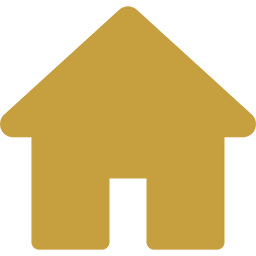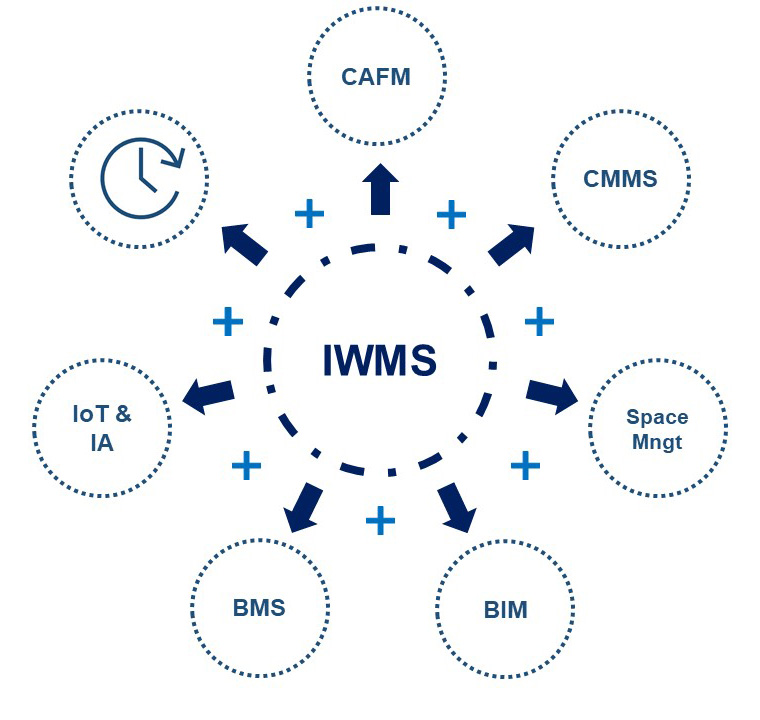





« Facility Management can no longer ignore the Digital Revolution! »
Facility Management is a multidisciplinary set of skills derived from the general services sector, aimed at improving the efficiency and comfort of the workplace. However, it is poorly equipped with digital solutions and its players feel ill-informed in this respect. Moreover, technical tools are generally broken down according to their use: workplace, maintenance, building, space and equipment management, etc.
The emergence of new digital technologies
However, the Digital Revolution is having a strong impact on Facility Management. It is now time for processes based on flexible collaborative tools, accessible from anywhere. Integrated Workplace Management System (IWMS) combines several digital solutions. With artificial intelligence, it has the capacity to learn from massive data from various sources, including connected objects.

The Digital Revolution, a performance factor The result is an optimized management of buildings, tasks and equipment:
Supported by digital tools, Facility Management is no longer a cost item but a means of creating value. It thus plays an essential strategic role.
Camileia offers you a set of interconnected digital solutions for the integrated management of the workplace.
CAFM (Computer-Aided Facility Management)), is a generic term for an information system that integrates an organization's facility management data to support its business. Often confused with CMMS (Computer Maintenance Management System) which is oriented towards technical maintenance, CAFM is dedicated to the worplace.
CMMS (Computerized Maintenance Management System) aims to support maintenance departments on a daily basis, helping them to plan and control their tasks. During preventive maintenance missions, the use of a CMMS software allows to plan and monitor maintenance categories or ranges. In the case of corrective maintenance, the software notifies the manager of the technical need and keeps a record of the intervention.
BMS(Building Management System) is interchangeable with the term BAS (Building Automation System). As its name indicates, the BMS is therefore an integrated system allowing the management, control and partial automation of several functions from the same site.
BIM, for Building Information Modeling, is a collaborative work process via a digital model shared between all the stakeholders in a real estate project, from its design to its demolition. The model contains a database and a 3D graphical representation of the structure, which allows the objects composing it to be described.
Space Management corresponds to the management of the inventory of spaces in an environment. In other words, it consists of monitoring, controlling and supervising the physical spaces occupied by an organization.
Artificial Intelligence, or AI, is defined as a set of theories and techniques developing complex computer programs capable of simulating certain traits of human intelligence (reasoning, learning, etc.).
IWMS (Integrated Workplace Management System) is a solution that supports Facility Management and Real Estate Management processes. It is a centralized database allowing interoperability between solutions (Web Service, API...). This term was launched in 2004 by the American company Gartner. It describes the IWMS solution as an enterprise-wide software platform integrating, from a single technology platform and a single centralized database, at least two of the following five functional areas:
